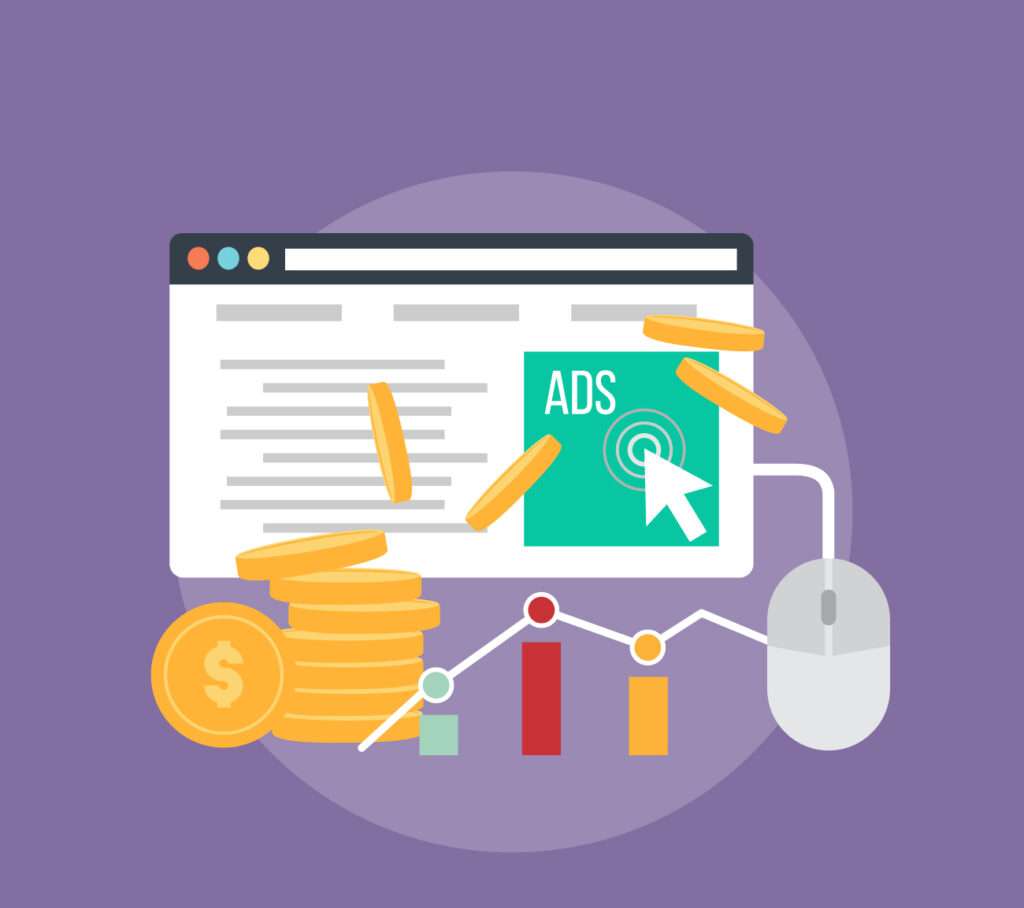Google Ads / Single Keyword Ad Groups (SKAGs)
What Are Single Keyword Ad Groups (SKAGs)?
Single Keyword Ad Groups (SKAGs) are a powerful Google Ads structure strategy, where each ad group contains only one keyword.
This technique helps improve relevance, click-through rates (CTR), and quality scores by ensuring your ads are highly targeted and closely aligned with the search intent. It allows for granular control over bidding and messaging, leading to more efficient campaigns.

Why Use SKAGs in Your Google Ads Campaign?
Using SKAGs ensures that your ads are highly relevant to the search term, improving your Quality Score.
With this method, Google can better match your ad with the user’s search intent, leading to lower CPC (Cost Per Click) and higher ROI (Return on Investment).
SKAGs enhance campaign performance by making your targeting more precise and your ad copy more compelling.
Benefits of SKAGs
SKAGs improve ad relevance, lower CPC, increase CTR, and provide better control over bidding, leading to higher ROI and more efficient Google Ads campaigns.
- Improved Ad Relevance: Every ad is directly tied to a single keyword, making the message more relevant to users.
- Better Quality Scores: With high relevance between keyword and ad, expect improved Quality Scores, which reduces costs.


Key Benefits of Single Keyword Ad Groups
By organizing your campaigns into SKAGs, you ensure that your ad copy is extremely relevant to the user’s search.
This relevance can result in a higher CTR and lower CPC. Additionally, SKAGs help optimize your bidding strategy.
You can adjust bids based on individual keyword performance, ensuring more control over how your budget is spent.
Single Keyword Ad Groups are also easier to manage. You have a clear overview of performance for each keyword, which simplifies optimization and decision-making.
You can quickly identify which keywords are driving conversions and which are underperforming.
Challenges to Consider with SKAGs
While SKAGs can improve campaign performance, they require a lot of attention and management.
Having multiple ad groups can increase complexity, requiring more time to create and test ads. Additionally, with SKAGs, the ad copy must be very specific to each keyword, which means you need a more extensive ad copy strategy.
But, the benefits of higher relevance and CTR often outweigh the additional time needed for management. As long as you have a clear strategy, SKAGs can be a powerful tool in your Google Ads campaign.


Best Practices for SKAGs
SKAGs improve ad relevance, lower CPC, increase CTR, and provide better control over bidding, leading to higher ROI and more efficient Google Ads campaigns.
- Match Keyword Intent: Use keywords that match user intent precisely for better ad relevance.
- Use Negative Keywords: Avoid irrelevant clicks by adding negative keywords to your SKAGs.
- Regularly Test Ads: A/B test different ad copies to find the best-performing one for each keyword.
- Monitor Quality Scores: Keep track of Quality Scores and adjust bids or copy accordingly.
- Group Related Keywords: For better organization, group related keywords in separate SKAGs.
How to Optimize Your SKAGs Campaigns
To optimize your SKAGs campaigns, focus on precise keyword targeting, ad copy alignment, continuous performance monitoring, and regular keyword refinement.
- Constant Monitoring: Keep track of keyword performance and adjust bids and ads as needed.
- Leverage Exact Match Keywords: Use exact match keywords to ensure your ads are only triggered by highly relevant searches.
- Optimize Landing Pages: Make sure landing pages are aligned with the single keyword for higher conversion rates.


Maximizing SKAGs Potential
- Focused Ad Messaging: Tailor your ad copy to match each specific keyword’s intent for better CTR and conversion rates.
- Bid Adjustments: Use SKAGs to implement more precise bid adjustments based on keyword performance.
- Detailed Reporting: Regularly review the performance data to ensure each SKAG is driving value. The more granular your reporting, the easier it is to optimize and adjust strategies.
Common Pitfalls to Avoid with SKAGs
- Over-complicating Campaigns: Too many SKAGs can make the campaign hard to manage.
- Ignoring Negative Keywords: Not adding negative keywords can result in wasted ad spend.
- Not A/B Testing: Without testing different ad copies, you may miss opportunities to improve performance.
- Failure to Review Keywords Regularly: If you don’t regularly evaluate keyword performance, your SKAGs might underperform.
- Forgetting Mobile Optimization: Ensure your ads and landing pages are mobile-friendly to capture all potential clicks.
- Relying Only on Exact Match Keywords: Experiment with broad match modifier and phrase match keywords to increase reach.
- Not Adapting to Changes in Search Behavior: Google’s algorithms and user search behavior change constantly. Keep adapting your campaigns accordingly.


Why SKAGs Work Well for Google Ads
- Higher relevance leads to higher CTRs.
- Lower CPC due to improved Quality Scores.
- More control over bidding for each keyword.
- Easier optimization with detailed reporting.
- Increased campaign efficiency and better ROI.
- Simplified keyword management.
- Provides a clear view of which keywords are driving performance.
Final Thoughts on SKAGs
Incorporating Single Keyword Ad Groups (SKAGs) into your Google Ads strategy can lead to improved results.
The increased relevance and precision make it easier to optimize campaigns for better ROI. While it requires more time and effort to manage, the results often speak for themselves.
The Key to a Successful SKAGs Strategy
When done right, SKAGs can significantly boost your Google Ads performance.
But it’s essential to keep monitoring, testing, and adjusting. By following best practices, you can ensure your ads are highly targeted and optimized for success.


6 Key Factors for SKAG Success
- Focus on intent-driven keywords.
- Regularly test different ad copies.
- Optimize landing pages for relevancy.
- Use negative keywords to avoid irrelevant traffic.
- Adjust bids based on performance data.
- Monitor Quality Scores to ensure optimal performance
Best Practices for SKAGs
To maximize the effectiveness of Single Keyword Ad Groups, be sure to:
- Optimize each ad for specific keyword intent.
- Regularly update keywords and negative keywords.
Tips for Better Campaign Results
- Avoid overcrowding ad groups with unrelated keywords.
- Create separate SKAGs for different product categories.

Maximize Your SKAGs Strategy
Focus on precise targeting and consistent testing. SKAGs are most effective when you continuously optimize based on performance metrics.